
Hi, Welcome to AMENA Auto
Your Gateway to Driving Automotive Excellence
AMENA is the Independent Automotive Association for the Middle East and North Africa, where innovation meets excellence. AMENA is at the forefront of revolutionising the Automotive Consultancy industry with tailored consulting, training, and strategic insights. Join us on a journey to elevate your Automotive Consultancy experience.
Empowering Automotive MasteryExcellenceProfitabilitySuccess
Welcome to AMENA, the nexus of innovation and excellence in the Automotive sector for the Middle East and North Africa. We are dedicated to elevating the Automotive landscape through specialised consulting, targeted training, and insightful strategic guidance.

Driving Automotive Consultancy Excellence
Tailored Services Delivering Success
At AMENA, we empower OEMs and Dealers/Importers by addressing critical areas such as New & Used Car Sales, Service, Parts, Bodyshop, Marketing, and Customer Experiences (CSI & NPS). Our approach is centred around providing practical, impactful solutions that refine and advance your operations, ensuring you lead in the Automotive world.
Find Out More
Explore the depth of our services and uncover tailored solutions designed for your Automotive success. From innovative consulting to transformative training programs, discover how AMENA can elevate your business to new heights.



New
Mastering Automotive Excellence
Elevate your Dealership with AMENA’s commitment to mastering Automotive excellence. Our approach combines precision, innovation, and strategic foresight.
Tailored and Timely Solutions
Address unique Dealership needs with custom strategies in Sales, Aftersales, and Bodyshops.
Measurable Impact
Strategic Roadmap
Driving Profitability and Exceptional Service
Boosting Profitability
Enhancing profit margins through operational excellence.
Exceptional Customer Service
Implementing strategies for unmatched customer experiences and loyalty.
Promoting Best Practices
Fostering a culture of continuous improvement and knowledge sharing.
AMP’s Unique Approach
Managing Change Effectively
Adapting to the dynamic Automotive industry with proven methodologies.
Fostering Leadership Qualities
Building visionary leaders within the Automotive retail space.
Motivating and Retaining Staff
Creating a stimulating work environment for staff retention and motivation.
AMP’s Six Pillars of Excellence
Dealer/Importer League
Retailer Standards Assurance
Network Enhancement
Operational Excellence
KPI Optimisation
NPS (Net Promoter Score)
What Our Partners Says
The impact of AMENA Auto's sales training was immediate. Within weeks, our team closed more deals and increased revenue significantly. They gained confidence and managed challenging customers more effectively. Investing in AMENA Auto's training was a great decision. I highly recommend them to any dealership aiming to boost sales performance.
AMENA Auto has been a top ambassador for automotive manufacturers and dealers in the Middle East. Their transparent and accurate data has been invaluable for navigating the complex automotive landscape. I highly recommend AMENA Auto for anyone needing reliable and comprehensive automotive research. They've set the standard for excellence in this field.
AMENA Auto has been an invaluable advocate for manufacturers and dealers in the Middle East, providing reliable and transparent automotive research. Their comprehensive data has greatly empowered us in our journey. Highly recommended for anyone needing a top-notch automotive research platform. They've set the standard for excellence














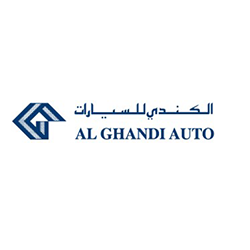
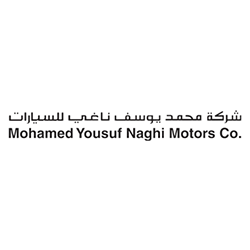
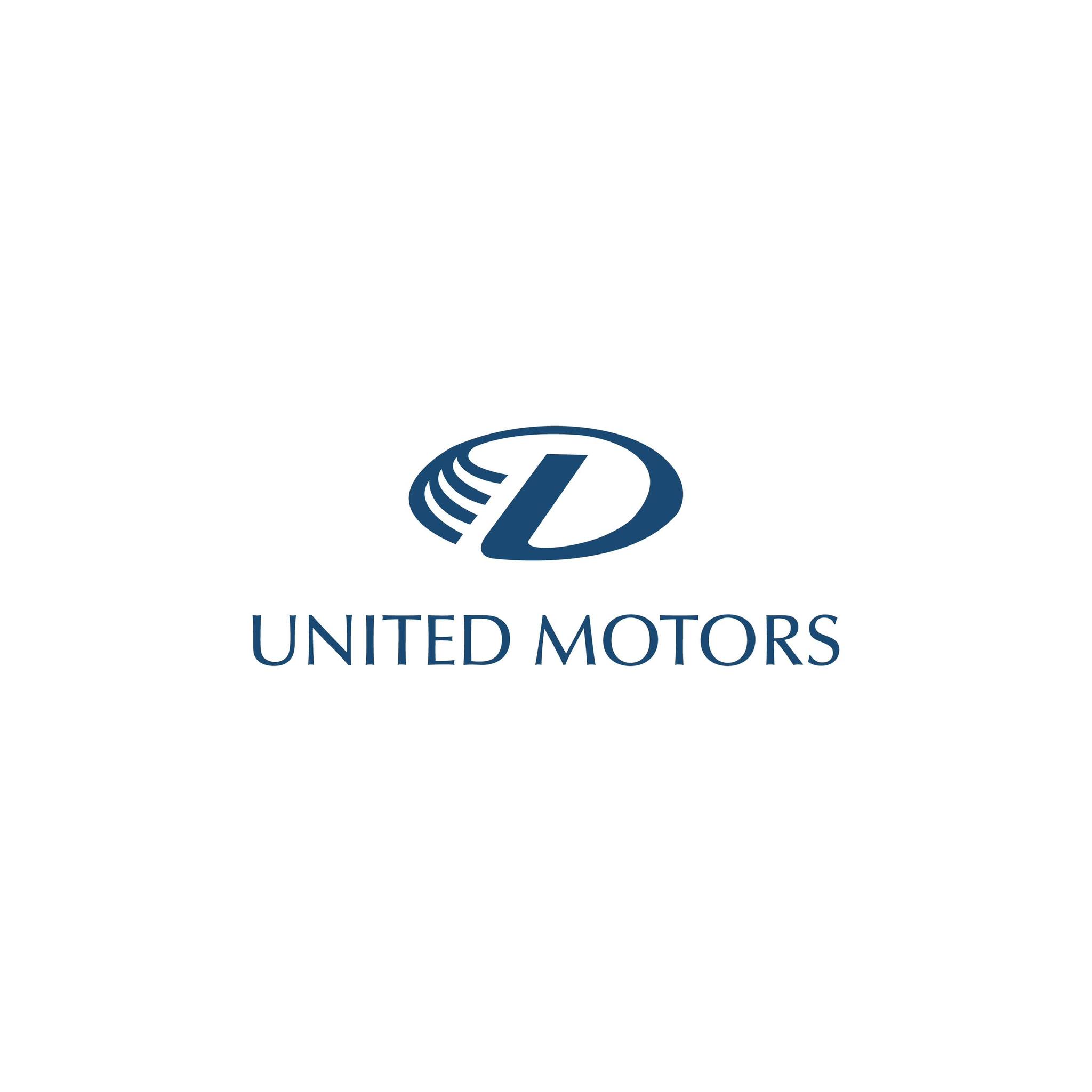


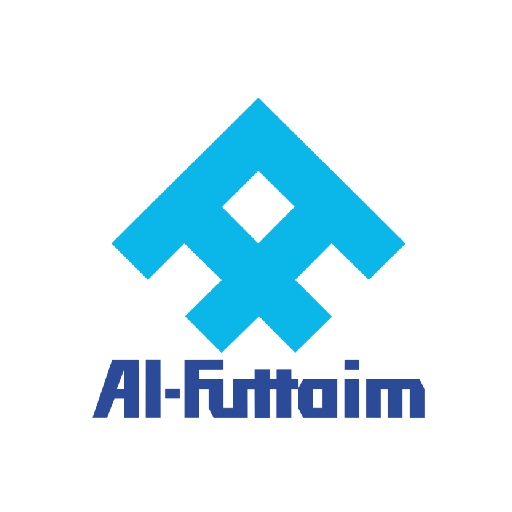
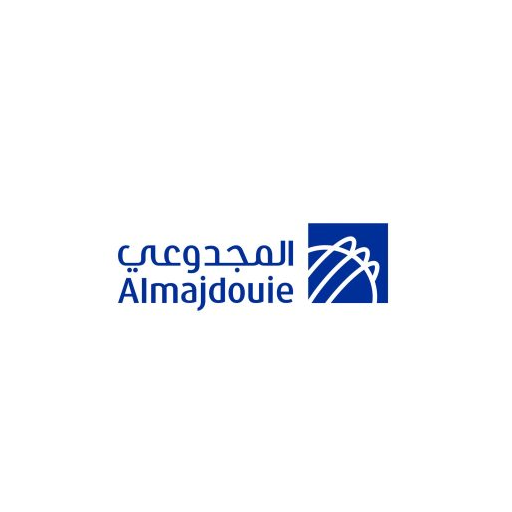
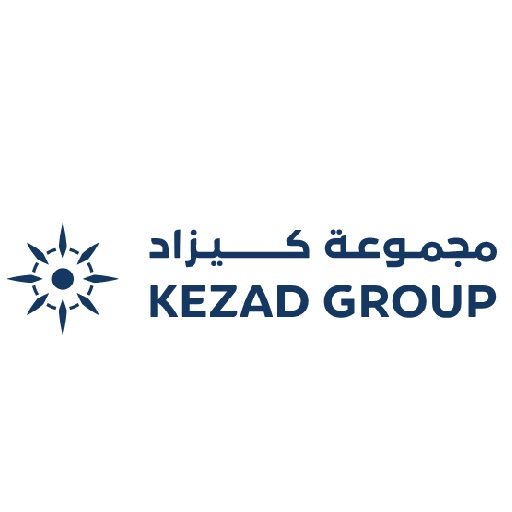

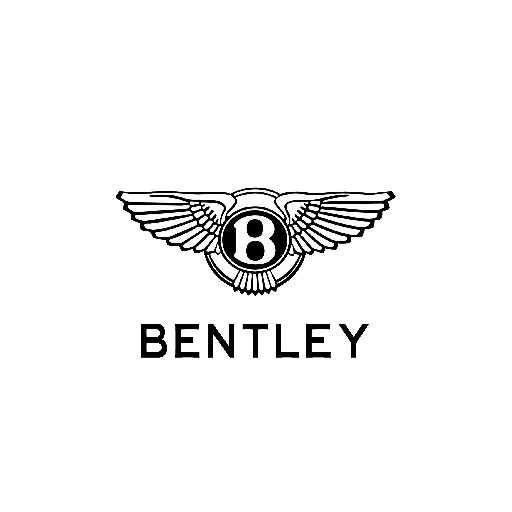
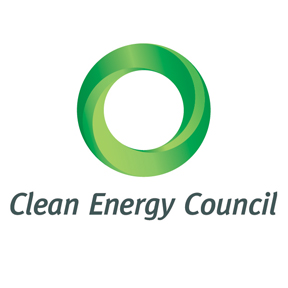
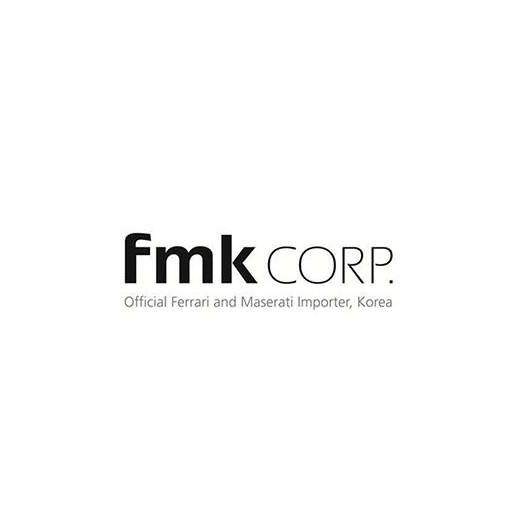
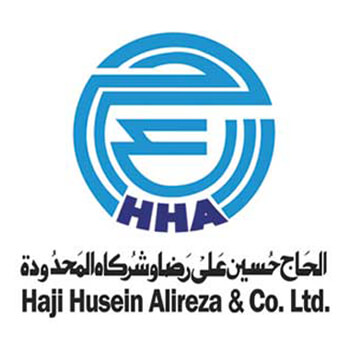
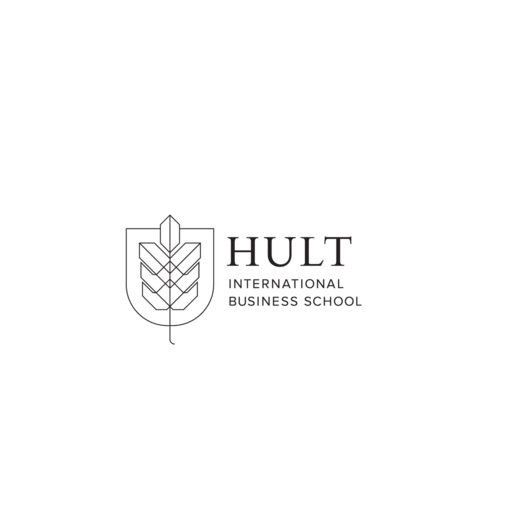


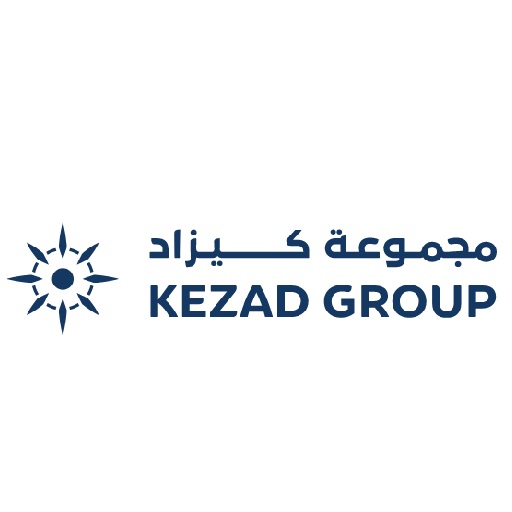

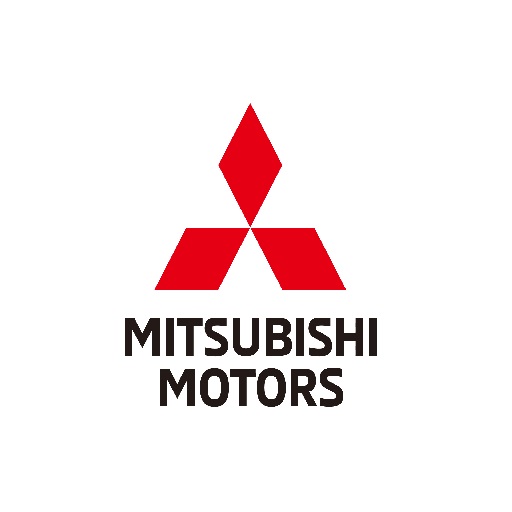

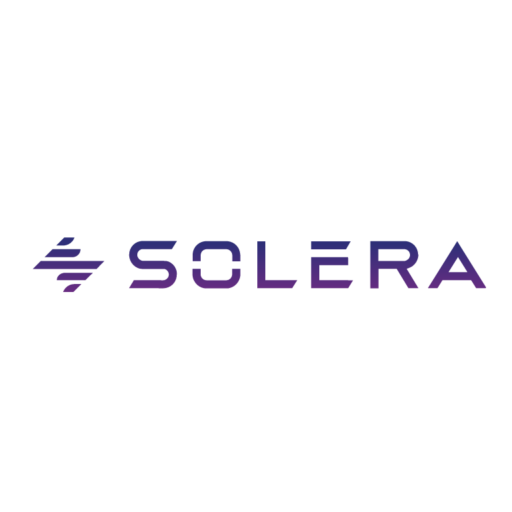
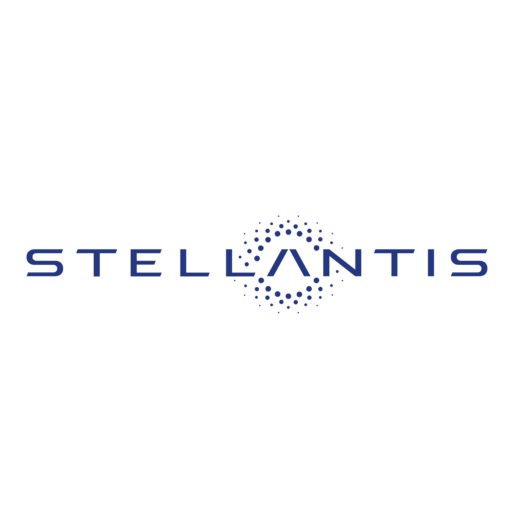

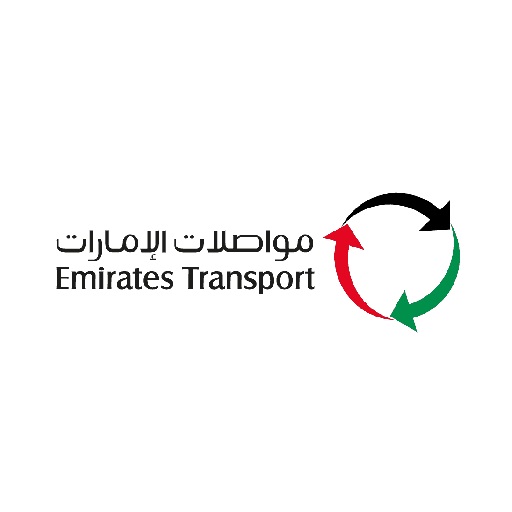
Tune Into Industry Insights
Dive into our AUTOFOCUS Podcasts for the latest in Automotive trends, strategies, and expert insights. Quick, impactful listens to fuel your journey in the Automotive world.
Take a look at our articles & resources
Dive into a world of valuable content, ranging from industry trends to expert tips and everything in between. Stay informed, inspired, and empowered as we share knowledge and updates to fuel your Automotive journey.
follow us for insights and updates!





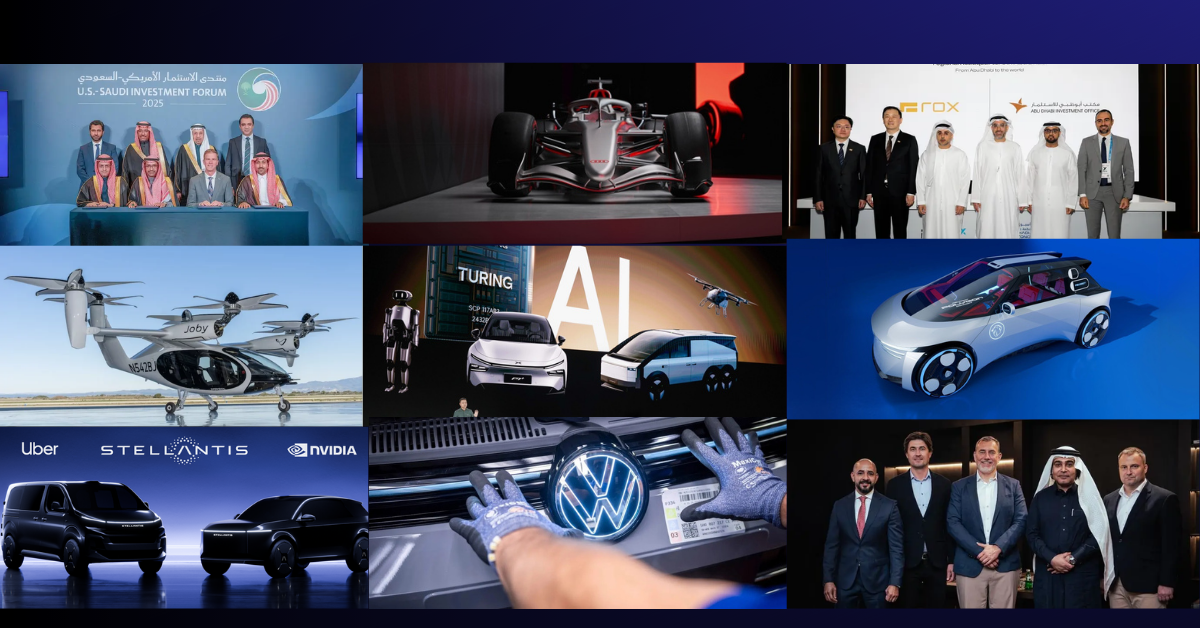


AMENA Auto has been pivotal in transforming our organization. Their deep industry insight and dedication to process improvement have significantly boosted our profitability. Their tailored training and coaching empowered our team to excel, making us more competitive and successful in the market.